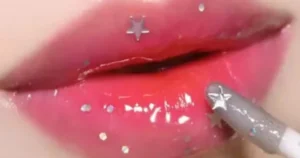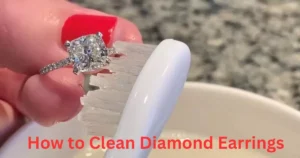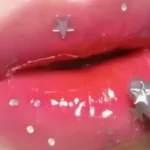Hair is a common item that many consider flushing down the toilet after a shower or haircut. However, flushing hair can lead to serious plumbing issues that are messy and expensive to fix. Let’s take a deeper look at why flushing hair is not recommended and tips for properly disposing of hair to prevent costly drainage problems.
Hair can get stuck in the drain line.
Hair is designed to withstand water and tends to cling together when wet. When flushed, hair travels through pipes until it reaches areas with slower water flow where it can become snarled and tangled. Over time, hair buildup in drain lines constricts the pipe diameter leading to poor drainage and eventual clog prevention. Even small amounts of hair flushed regularly can accumulate into a sizable wad that blocks wastewater flow.
Hair can cause water damage to your home.
Should the drain line become fully blocked by hair, wastewater has nowhere to go and will back up. This often means sewage overflowing from drains, toilets, and other plumbing fixtures onto floors and walls. The contaminated water release poses health hazards and causes expensive repairs to fix damaged flooring, drywall, and other structures impacted by the flood. Proper hair disposal is a crucial part of maintaining effective drainage and preventing potentially serious home damage.
How to prevent hair from getting into your toilet

The best approach is preventing hair from entering the plumbing system in the first place through careful hair hygiene and disposal practices. Here are some effective tips.
Cut Out Tangles Before You Shower
Run a wide-toothed comb through wet or dry hair before showering to remove knots and tangles that are prone to breaking off and being washed down the drain.
Comb Your Hair Before Showering
Comb through hair thoroughly with a fine-toothed comb or brush to remove loose hairs that may detach during washing. Collect fallen hairs in the trash rather than allowing them to circulate down the drain.
Cover Your Hair While Showering
Use a shower cap, turban, or similar covering to keep hair dry while bathing. This prevents loose strands from being rinsed directly into the tub drain.
Don’t Use Too Much Shampoo
Excessive lather allows more hair to slip down the drain unnoticed. Limit shampoo quantity and rinse thoroughly.
Double Check Your Tub Drain Before You Shower
Inspect the plughole screen for any built-up debris before and after showering. Clear blockages to maintain smooth flow.
Donate Your Hair to Charity
Cut hair can be donated to organisations that create wigs for cancer patients undergoing chemotherapy. Properly package and mail cut hair to avoid flushing.
Other things you should not flush down the toilet
There are several other household items that should never go down the toilet due to drain clogging and plumbing issues they can cause. These include:
Diapers and Paper Towels
These items do not disintegrate like toilet paper and expand when wet, rapidly leading to blockages.
Plastic Bags
Plastic twists and constricts pipes. Multiple bags can cluster together tightly.
Pet Waste
Cat litter and other pet excretions release strong odours as they break down and attract pests like rats if the sewer line backs up. Bag and dispose with regular trash.
While hair, wipes, and other problematic items may claim to be flushable, the reality is many municipal sewer systems and on-site septic systems are not engineered to safely handle anything other than human waste and toilet paper without risking expensive repairs down the line. Practising responsible toilet tributary hygiene helps avoid plumbing nightmares and protect home drainage system integrity.
Can You Flush Hair Down The Toilet?
To summarise the key points:
- Hair is not designed to break down like toilet paper and easily clogs pipes when flushed
- Over time, small amounts of hair can accumulate into substantial blockages that impact drainage
- Hair wads blocking drains can back sewage up and cause water damage to homes
- Preventing hair from entering pipes in the first place through careful disposal is most effective approach
- Flushable labelled items may pass through municipal systems, but endanger septic tanks and drain lines
Conclusion
Flushing hair poses serious risks to home plumbing systems and should generally be avoided. While it may seem a convenient disposal method, the potential costs of drain line blockages and water damage far outweigh short-term convenience. Implementing simple habits like combing and covering hair before showering, checking drains regularly, and bagging cut or fallen hair for trash disposal helps maintain clear pipes and drains to prevent expensive plumbing issues down the line.
With some small changes to hair hygiene routine, homeowners can reduce drainage risks and protect the investment in their home’s plumbing infrastructure for many years of problem-free service. Taking hair care seriously goes hand-in-hand with overall toilet and drainage maintenance for homeowners.











